Plex Media Server 1.0 is out
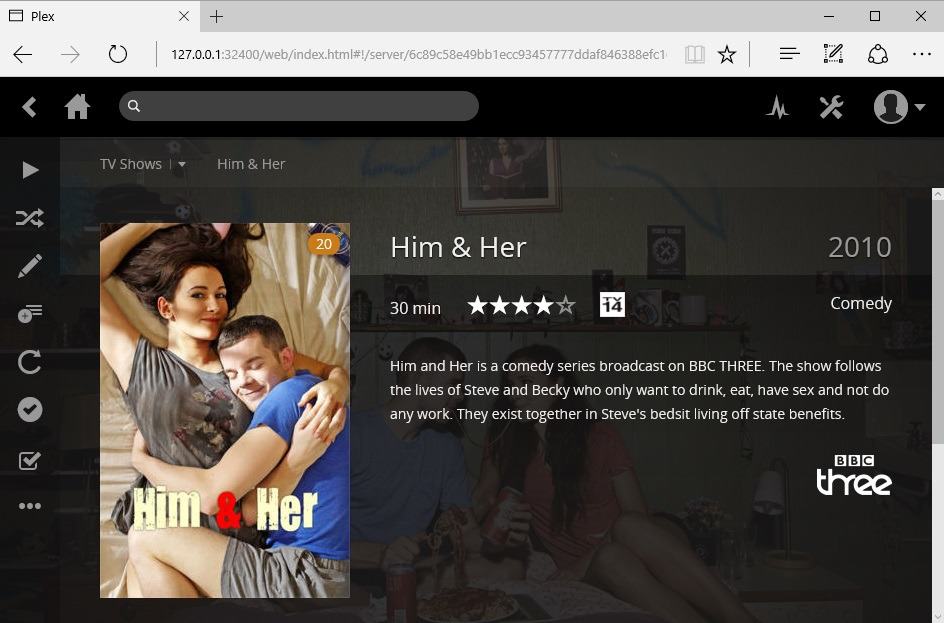
Plex Media Server 1.0 is now available for download. The latest version of the popular cross-platform media server application is mostly a bug fix release but still noteworthy due to the version bump.
Plex Media Server enables you to run a media server on a computer running Windows, Mac or Linux, or on various NAS systems including those offered by Netgear, Synology or QNAP.
The content the media server makes available is then accessible through applications, again on desktop devices, mobile devices, smart TVs and consoles to name a few.
You could run the server component on a NAS or a desktop PC, and use your Android smartphone or Playstation 4 to connect to it to stream all media made available on the server.
Plex Media Server 1.0

Before you start to upgrade Plex Media Server to version 1.0, make sure the operating system you are installing the server on is still supported.
Support for Windows Vista, Windows Server 2008, and Mac OS X 10.6 and 10.7 has been dropped in version 1.0. If the server is installed on a device powered by one of those operating systems, upgrades are not available.
The Plex team notes that the last working version before version 1.0 is still available for use on those unsupported devices.
Another issue that users need to be aware of is that the sync database format changed in the new version. While that is not a problem when users upgrade to Plex Media Server 1.0, it may cause sync issues when users downgrade the server component.
The changelog lists minor changes, Plex Web was upgraded to version 2.7, and opus is used instead of mp3 when transcoding music using Chromecast devices.
For the most part though, Plex works just like before. The team notes that support and development of older versions of Plex Media Server will be discontinued.
To ensure we’re efficiently allocating development resources across all platforms, maintenance and support for versions of Plex Media Server prior to 1.0 will be discontinued. This will help Plex focus efforts not only on bringing exciting new functionality to life, but also on enhanced stability as we move forward.
The blog post that announces the new version looks back at the development from the very beginning. It all started in 2008 when the first version of Plex Media Server was released. More than eight years later, Plex Media Server 1.0 is available.
The service has grown, support has improved, and while it has been stable for a long time, version 1.0 marks an important step in the journey.
Now You: Are you using a media server?



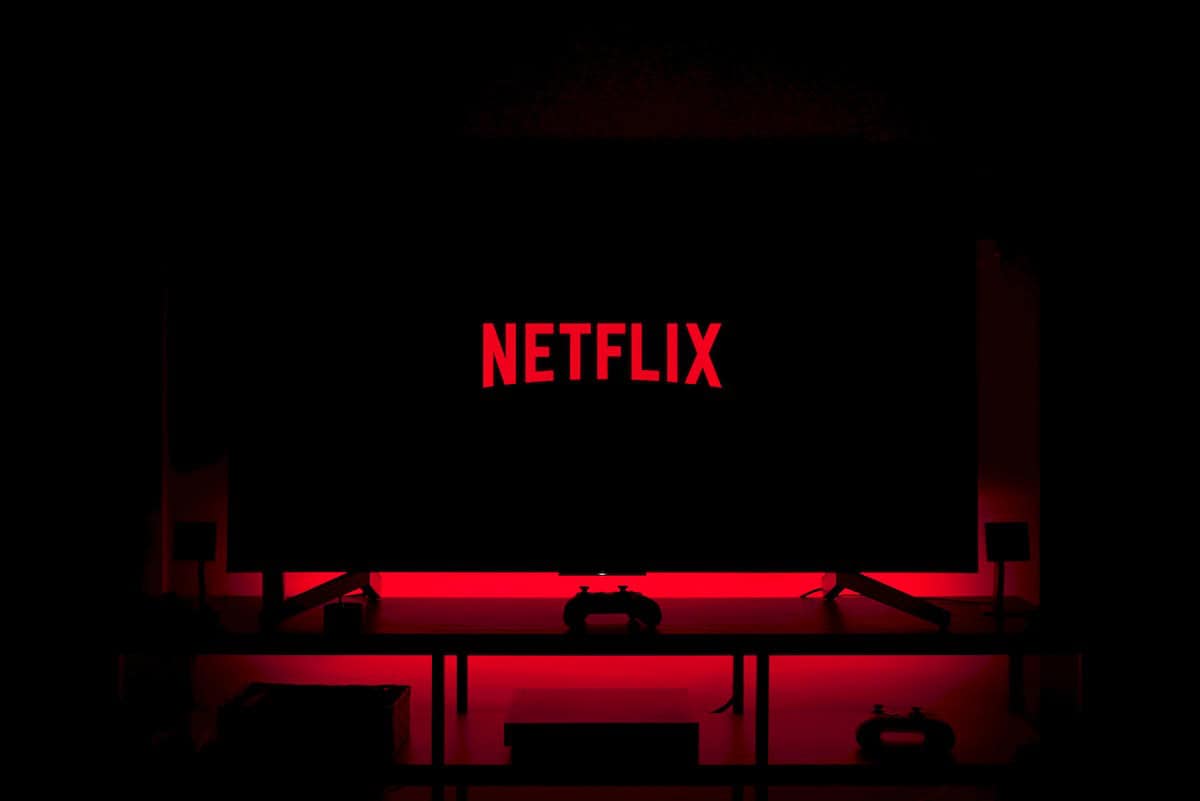
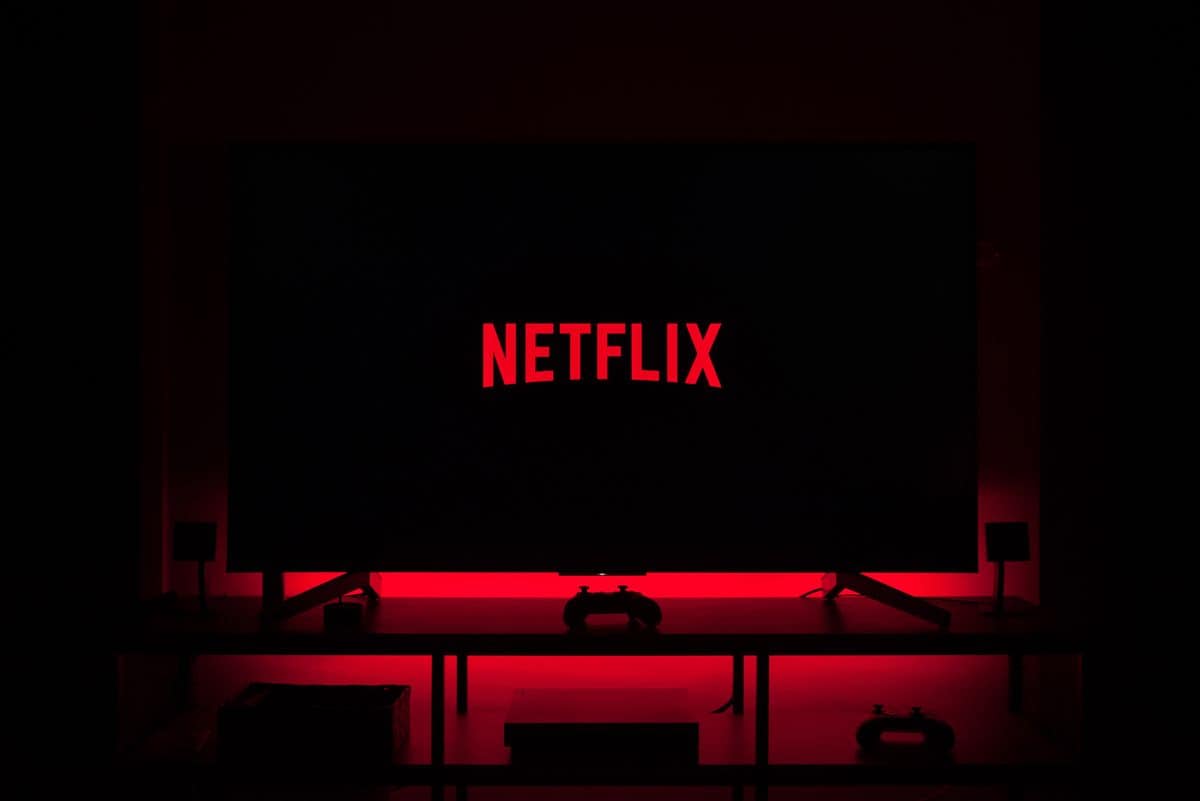


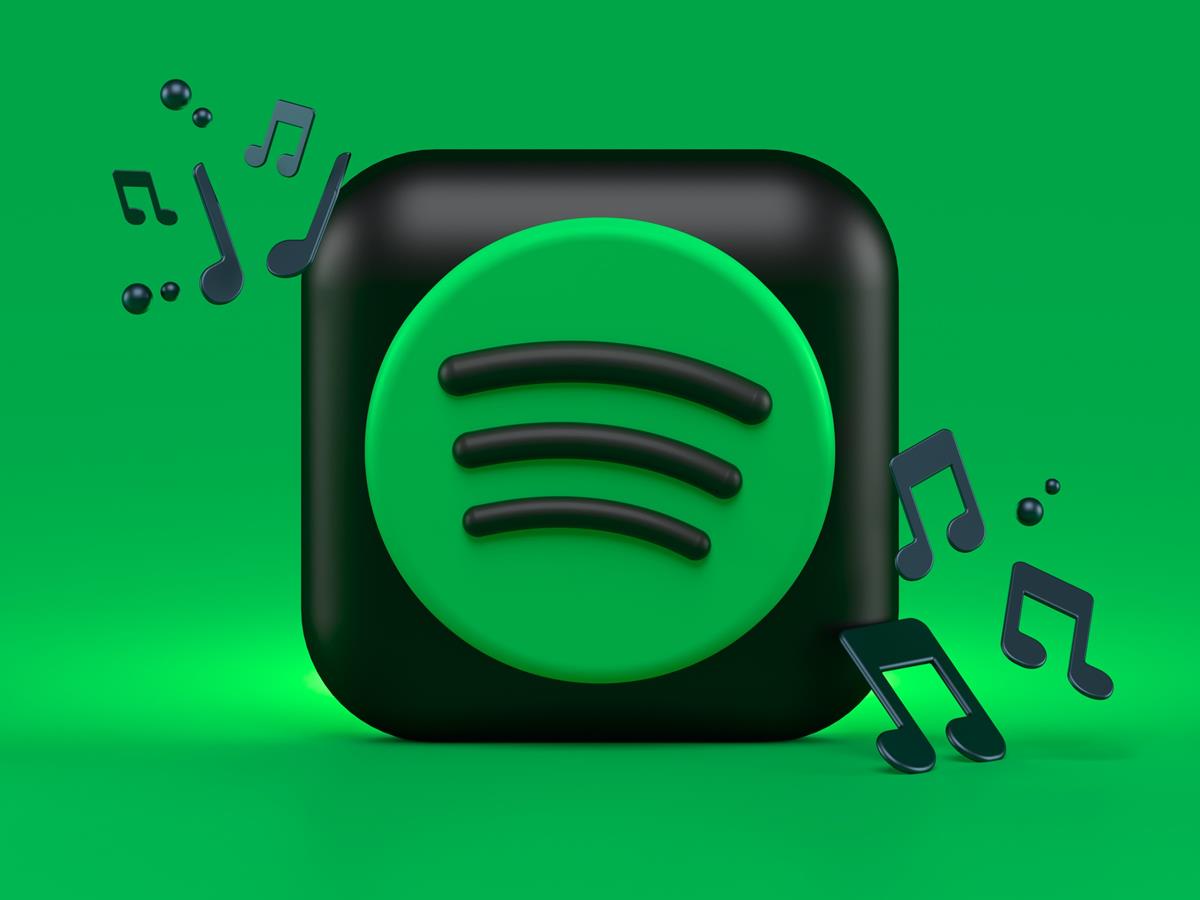

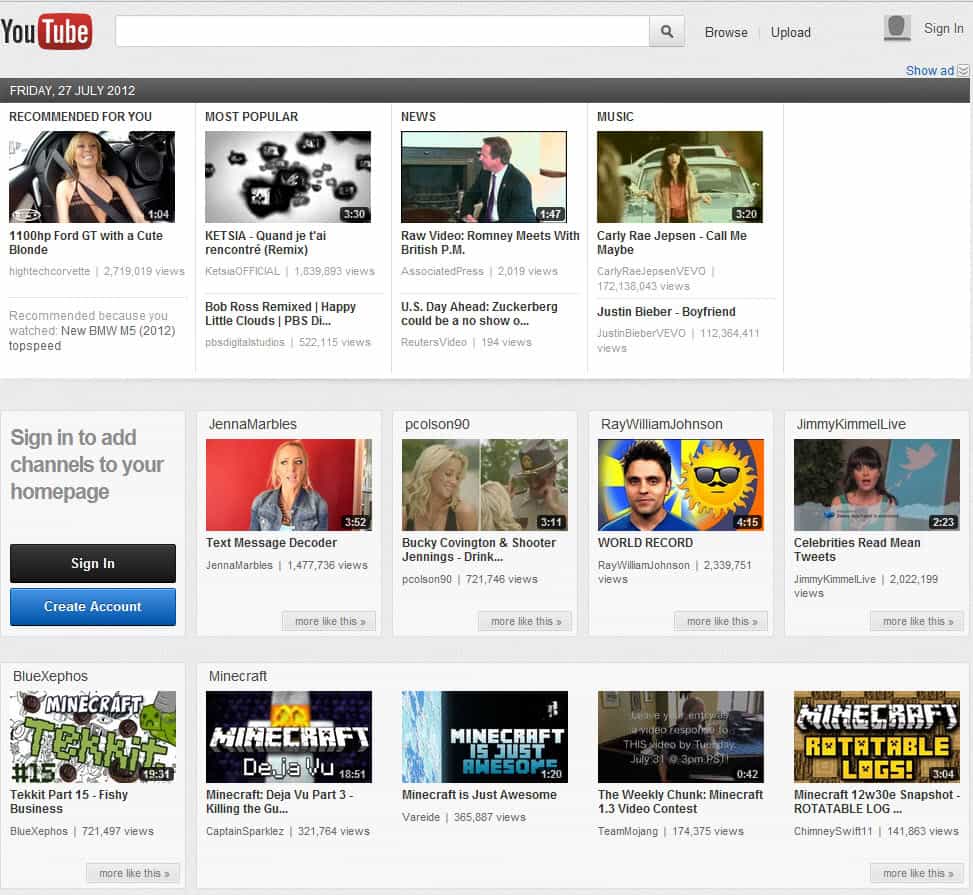

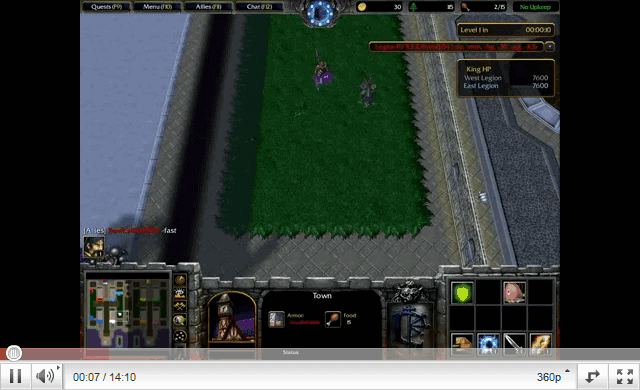
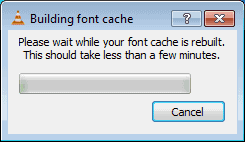











A while back I became aware of Emby. It appeared to have advantages over Plex but it’s been a while since I took a look at it though I always intended to come back to it when other elements of setups I was working on were completed.
From memory the disadvantage I felt was most annoying was the developers chose C# to write it in. Wish sane developers would stop doing this. Whilst mono exists to run C# apps on non-Windows platforms, even installing .Net on Windows is a huge ball ache and I imagine mono on Linux and so forth is primarily a runtime that seems to cause apps running on it, no matter how well written, to run rather poorly.
Nonetheless, if a GHacks author has the time, I’d definitely read any article(s) reviewing Emby.
https://emby.media/
Barring that, there’s this:
http://www.htpcbeginner.com/plex-vs-emby-comparison-with-kodi/
Yes, I ABSOLUTELY agree with you: I think at this point, going forward, developers should try to avoid and shun C# development.
Microsoft has proven themselves recently to be a HIGHLY untrustworthy company, with their insanely hyper aggressive “Upgrade to Windows 10” tactics, and also when they reneged on their promise to give users “unlimited” cloud storage, when they kept pushing one-drive on us.
Their horrifically bad decisions in the phone/mobile space has also dramatically decreased their overall standing as one of the leading IT/tech companies in the world.
A lot of today’s youth are going to remember these overly aggressive actions by Microsoft in pushing Windows 10, and other actions, and it will soon come back to bite Microsoft in the @ss in the longterm, when today’s youth soon become tomorrow’s IT/tech leaders, and turn a weary skeptical eye towards Microsoft. Even today’s tech leaders in corporate/enterprise environments are beginning to increasingly question Microsoft.
I’m actually a Microsoft fan-boy (since MS-DOS 2.1!) so it pains me to say this… but:
Essentially Microsoft’s new leadership has been seeking temporary short term gains that look good to wall street, and are unaware of the long term damage to the company’s reputation that they are doing.
ANYWAYS… so ya, at this point, I STRONGLY suspect C#/.net has peaked, and will gradually become a dying language.
I certainly will NOT be developing any further in C#/.net.
But the question I have not yet answered yet, is what do I replace C#/.net with?
I’m, guessing a combination of Javascript, HTML/CSS, Python, SQL, and C will serve nearly all needs? So essentially learning about 5 languages might make a solid/great programmer.
But 5 languages seems like a lot to learn, and somewhat discouragingly daunting for new/young/budding programmers?
At work, I’m been forced to use W10 by the workplace, not Microsoft. Regardless, I have had some really low-quality issues. In the case of the graphics layer not functioning, in my opinion it’s akin to a brand new car being sold with flat, pitted and peeling paint. They just shouldn’t be allowed to get away with it. But that’s what’s happening for me. Graphics drivers (Intel) die every 10 to 15 minutes it seems. Both DisplayPort-connected HP screens die for 3 to 5 seconds and i just have to sit waiting for them to come back.
Then there’s the fun new way to install software. Haven’t got the .Net version (3.5) an app (SuperPuTTY) wants? Don’t bother trying to download it via the installer’s wizard. The solution? Go download the Windows iso, mount it and install .Net from a cab file!
I was using quite a long time UMS (Universal Mediaserver, http://www.universalmediaserver.com/) but finally managed to move into Kodi which is running on my old laptop next to my TV. Mediaservers are good for certain scenarios, no doubt but all the problems with DLNA itself made me to go futher and I’m very happy with Kodi. Solved all my problems and no more DLNA, that’s what counts.
For others, I can highly recommend UMS.
Likewise for MediaPortal too. I use that for managing all content. Pictures, Weather, Movies, Radio, TV and Music. As a single seat installation though, its not so readily able to ship that media around.
Plex looks like something that could compliment this setup.
Thanks Martin, for bringing this to the table.